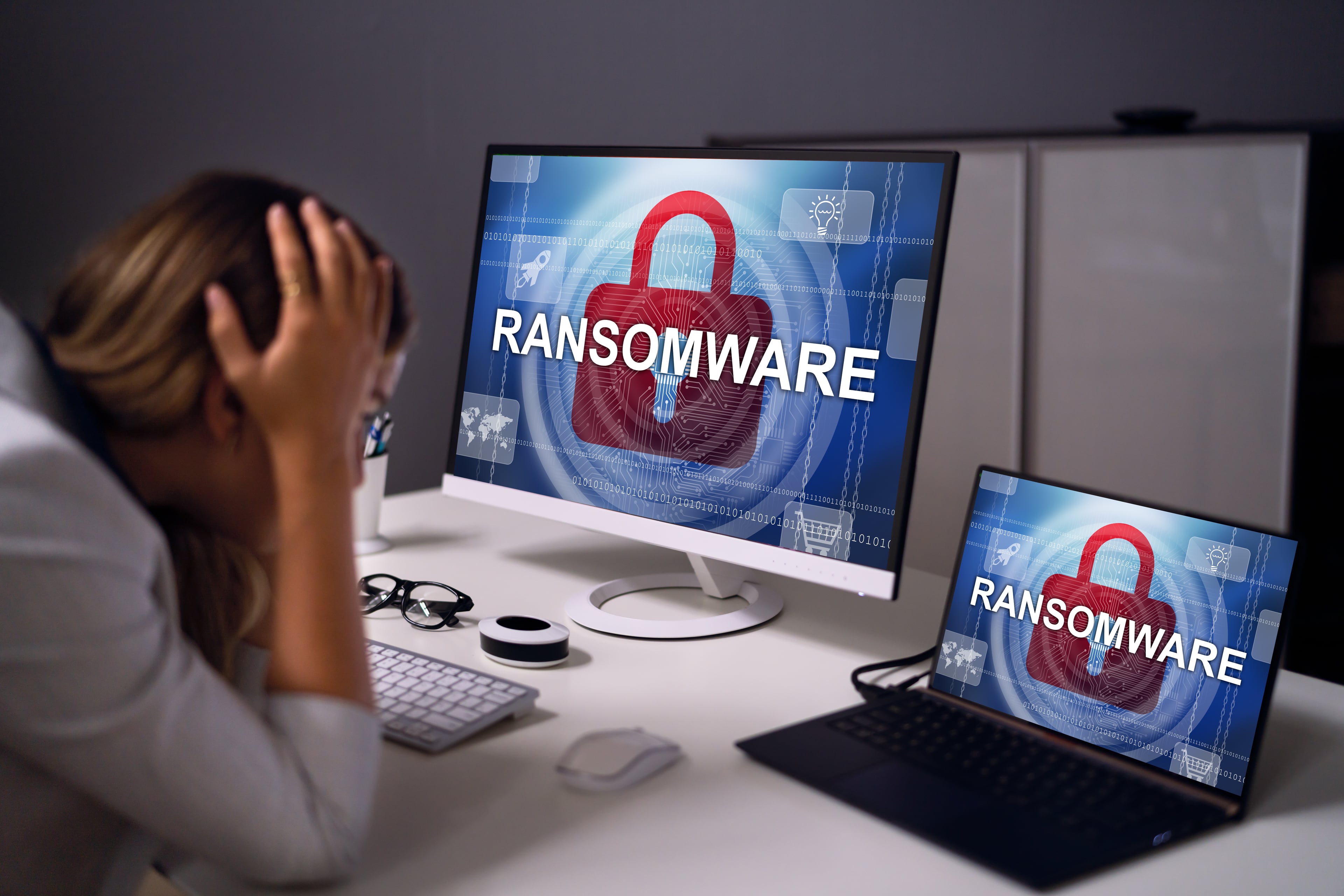Organizations worldwide are taking an average of 181 days to identify cyber attacks with an additional 60 days required for containment. The global breach lifecycle has reached a 9-year low of 241 days, yet costs continue to average $4.44 million globally while soaring to $10.22 million in the United States. Healthcare remains the most targeted industry requiring 279 days to identify breaches.
Our research process analyzed data from IBM's 2025 Cost of Data Breach Report, Verizon's 2025 Data Breach Investigations Report, and additional authoritative cybersecurity studies. We examined over 600 organizations across 17 industries and 16 countries to provide comprehensive detection time metrics. This analysis includes breach identification patterns, cost variations by attack vector, and industry-specific response times.
The following metrics reveal critical trends in cyber attack detection across attack vectors, industries, and geographic regions. Understanding these detection times enables organizations to benchmark their response capabilities and implement faster identification systems. These findings directly impact cybersecurity investment priorities and incident response planning.
What You Will Learn
- Global Detection Time Benchmarks: Current metrics for identification and containment across all industries and regions
- Attack Vector Response Times: How different attack types impact detection speed and overall breach duration
- Industry-Specific Detection Patterns: Sector-by-sector analysis of breach identification and response effectiveness
- Cost Impact of Detection Speed: Financial implications of faster detection versus delayed identification
- Geographic Detection Variations: Regional differences in attack identification timelines and response capabilities
Global Detection Time Benchmarks
The latest global research reveals significant improvements in cyber attack detection capabilities across all measured metrics. Organizations are identifying threats faster than at any point in the last 9 years driven primarily by enhanced AI-powered security systems. Our comprehensive analysis below demonstrates the current state of global detection timelines.
| Detection Metric | 2025 Average | 2024 Average | Change | Financial Impact |
|---|---|---|---|---|
| Mean Time to Identify | 181 days | 194 days | -13 days | $2.4M average |
| Mean Time to Contain | 60 days | 64 days | -4 days | $1.2M average |
| Total Breach Lifecycle | 241 days | 258 days | -17 days | $4.44M global average |
| Breaches Under 200 Days | ~45% | ~40% | +5% | $3.87M average |
| Breaches Over 200 Days | ~55% | ~60% | -5% | $5.01M average |
Key insights:
- Organizations achieving detection under 200 days save an average of $1.14 million compared to longer detection cycles representing a 29% cost reduction.
- The 17-day improvement in total breach lifecycle represents the fastest year-over-year improvement since measurement began driven by AI-powered security tools.
- Internal security teams now identify 50% of all breaches, a significant increase from 42% in 2024, demonstrating improved detection capabilities.
Attack Vector Response Times
Different attack vectors present varying challenges for detection teams, with some attacks requiring significantly longer identification periods. Supply chain compromises and malicious insider threats consistently rank as the most difficult to detect and contain. Our analysis below reveals how attack methodology directly impacts detection timelines.
| Attack Vector | Time to Identify | Time to Contain | Total Timeline | Average Cost |
|---|---|---|---|---|
| Supply Chain Compromise | 194 days | 73 days | 267 days | $4.91M |
| Malicious Insider | 200 days | 60 days | 260 days | $4.92M |
| Compromised Credentials | 186 days | 60 days | 246 days | $4.31M |
| Phishing | 175 days | 65 days | 240 days | $4.80M |
| Insider Error | 153 days | 60 days | 213 days | $3.62M |
Key insights:
- Supply chain attacks take 54 days longer to resolve than the global average reflecting the complex nature of third-party security incidents.
- Malicious insider threats cost organizations the highest average of $4.92 million while requiring 260 days to fully resolve the incident.
- Insider error incidents are detected and contained 28 days faster than the global average demonstrating the effectiveness of internal monitoring systems.
Industry Detection Patterns
Healthcare continues to experience the longest detection times across all industries requiring nearly 40 additional days beyond the global average. Financial services demonstrate the most effective detection capabilities while manufacturing faces increasing challenges from targeted attacks. The data below highlights critical differences in industry-specific detection performance.
| Industry | Detection Timeline | Difference from Global Average | Average Breach Cost | Attack Frequency |
|---|---|---|---|---|
| Healthcare | 279 days | +38 days | $7.42M | High |
| Manufacturing | 265 days | +24 days | $5.00M | Very High |
| Energy | 251 days | +10 days | $4.83M | High |
| Technology | 235 days | -6 days | $4.79M | High |
| Financial Services | 218 days | -23 days | $5.56M | Very High |
Key insights:
- Healthcare organizations face the dual challenge of longest detection times and highest breach costs averaging $7.42 million per incident for the 14th consecutive year.
- Manufacturing experiences the highest attack frequency with 26% of all security incidents driven by increased targeting of operational technology systems.
- Financial services demonstrate superior detection capabilities despite facing very high attack volumes proving the effectiveness of regulatory-driven security investments.
Geographic Detection Variations
Regional variations in cyber attack detection reflect differences in cybersecurity infrastructure, regulatory requirements, and threat landscape exposure. The United States continues to lead in both detection capabilities and breach costs while emerging markets show varied performance patterns. Our comprehensive geographic analysis below illustrates these critical regional differences.
| Region/Country | Detection Performance | Average Breach Cost | YoY Cost Change | Threat Level |
|---|---|---|---|---|
| United States | Above Average | $10.22M | +9% | Very High |
| Middle East | Average | $7.29M | -17% | High |
| United Kingdom | Above Average | $4.14M | -9% | High |
| Germany | Average | $4.03M | -24% | Moderate |
| Asia-Pacific | Below Average | $2.85M | +13% | Very High |
Key insights:
- The United States maintains superior detection capabilities but faces unprecedented breach costs exceeding $10 million driven by regulatory fines and advanced threat actors.
- The Asia-Pacific region experienced a 13% increase in attacks and now accounts for 34% of global cyber incidents representing the highest regional threat concentration.
- European nations demonstrate improving detection performance with Germany achieving a 24% reduction in breach costs through enhanced cybersecurity frameworks.
Cost Impact of Detection Speed
How organizations discover cyber attacks significantly impacts both response time and overall breach costs with internal security teams consistently outperforming external discovery methods. Organizations relying on attacker disclosure face substantially higher costs while external third-party notifications provide mixed results. The following analysis demonstrates the critical importance of proactive internal detection capabilities.
| Discovery Method | Detection Share | Average Timeline | Average Cost | Cost vs. Global Average |
|---|---|---|---|---|
| Internal Security Teams | 50% | 172 days | $4.18M | -6% |
| Third-Party Notification | 31% | 190 days | $4.43M | 0% |
| Attacker Disclosure | 19% | 245+ days | $5.08M | +14% |
| AI-Powered Detection | 32% | 161 days | $3.62M | -18% |
| Manual Detection Only | 18% | 284 days | $5.52M | +24% |
Key insights:
- Organizations with AI-powered detection systems identify breaches 80 days faster and save $1.9 million compared to manual detection methods.
- Internal security teams improved from identifying 42% of breaches in 2024 to 50% in 2025 demonstrating enhanced security program effectiveness.
- Attacker-disclosed breaches cost 22% more than internally detected incidents highlighting the financial importance of proactive detection capabilities.
Strategic Implications for Cyber Attack Detection
The 2025 cyber attack detection landscape reveals both encouraging improvements and persistent challenges that demand immediate attention. Organizations have achieved the fastest detection times in 9 years, yet regional disparities and attack vector complexities continue to create vulnerabilities. The 241-day average detection timeline represents meaningful progress, driven primarily by enhanced AI-powered security systems and improved internal detection capabilities.
Healthcare, manufacturing, and supply chain sectors face disproportionate detection challenges, requiring specialized security approaches tailored to their unique operational environments. The dramatic rise in supply chain attacks and malicious insider threats underscores the need for comprehensive security strategies that extend beyond traditional perimeter defenses. Organizations implementing AI-automated security systems demonstrate superior performance across all metrics achieving 80-day faster detection times and saving nearly $2 million per incident.
The financial impact of detection speed cannot be overstated with organizations detecting breaches under 200 days saving over $1 million compared to longer detection cycles. As cyber threats continue evolving and attack sophistication increases, businesses must prioritize rapid detection capabilities to minimize operational disruption and financial exposure. The correlation between internal detection capabilities and cost reduction provides clear justification for cybersecurity infrastructure investments.
Protect Your Business with Federal-Grade Security
Total Assure delivers unrelenting security and unbeatable value for businesses seeking enterprise-level protection. Our 24/7 Security Operations Center provides the rapid detection and response capabilities your organization needs to minimize cyber attack impact. With over 30 years of federal cybersecurity expertise, we help SMBs achieve detection times that rival the fastest performers in our analysis.
Contact Total Assure for a free demo of our advanced threat detection solutions.











